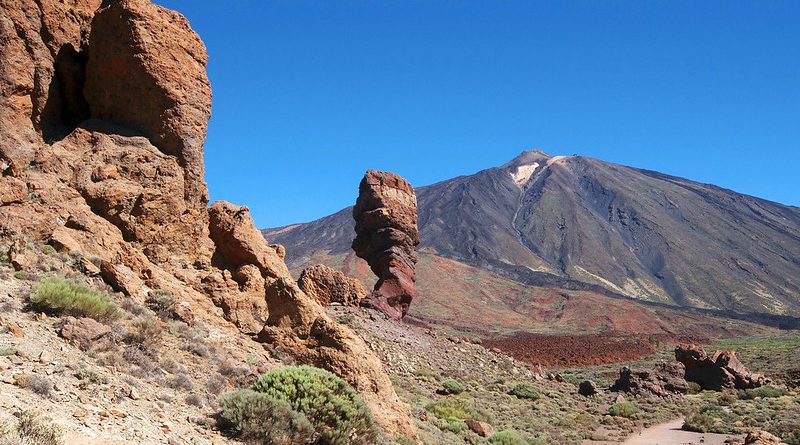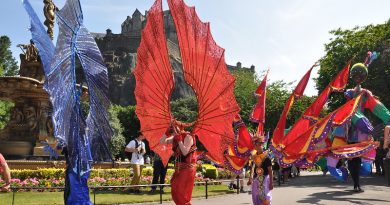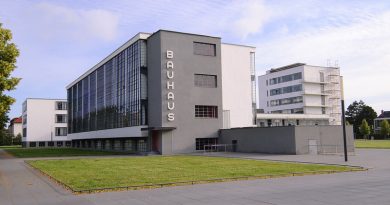Volcanoes of the Canary Islands
Seven islands comprise the Canaries, the biggest of which is Tenerife.
Four of Spain’s thirteen national parks are located in the Canary Islands/ one of the better known is Mount Teide in Tenerife, the third biggest volcano in the world.
The Canaries appeared on the Atlantic ocean throughout a series of volcanic eruptions that happened over millions of years. The most recent though was in the 1972.
Some of these volcanoes offer incredible trekking routes, others hide a more sinister truth to them like Cumbre Vieja in La Palma.
Here are three spectacular volcanic experiences in the Canaries.
- PIECO DEL TIEDE, Tenerife
Here you can hike in the Parque Nacional del Tiede, across the volcanic flatland and up to mouth of the volcano.
The Teide volcano on Tenerife is the highest mountain in Spain, with 3,780 meters of altitude its Spain’s highest peak, and the third largest volcano on Earth.
The last big eruption here took place in the 13th century. When it happened it was so huge and lasted for so many days that legend has it that the local indigenous people, called the ‘guanches’, believed that the devil living deep inside the mountain had swallowed the sun for jealousy of its light.
It takes eight hours to walk up the crater of El Teide from the base.
You can always take the cable car though and walk for an hour to reach the peak.
On a clear day Mt Teide can be seen from the African coast, which lies only 70 miles away, so the existence of the Canaries must have been known to people from the African continent.
Its believed that the islands were visited by the Carthaginians, the Phoenicians, the Arabs and even the Romans who nicknamed them ‘the fortunate islands’
- MONTAŇAS DEL FUEGO– the Mountains of Fire , Lanzerote
The Montañas del Fuego (Fire Mountains) are located in the Parque Nacional de Timanfaya, where you can enjoy the spectacular landscape and see volcanic activity first hand
If you dig your hands into the pebbles, just a few centimetres below the surface, the temperature is 100˚C!! This is because of a boiling magma chamber 4km down! The guides will stick shrubbery into the ground which self combusts, and pour water into a hole that becomes a geyser! Visit the restaurant where everything is cooked on the volcano-powered BBQ!
- The Teneguia volcano , Cumbre Vieja , La Palma
The last volcanic eruption here took place in 1973, making La Palma the youngest island in the whole of the Canarian archipelago.
La Palma is the greenest of all Canary Islands.it is hardly as densely populated as Tenerife and Gran Canaria.
Most of the inhabitants of La Palma live off agriculture, farming and fishing. But for all its serene beauty La Palma has a terrifying destructive power lying dormant within.. the volcano It is located right on a giant fault line and it’s feared an eruption here could cause a massive tsunami with cataclysmic results.
La Palma is also home to one of the biggest craters in the world and here you can apparently you can find some of the best trekking to be found in Europe.
The Caldera de Taburiente is a massive crater some 8 kms wide,formed in the process of a huge gravitational slip, millions of years ago.
It’s now national park and is home to an incredible variety of flora and fauna, ash flows and lava fields . There’s some rare Canarian pine trees here, literally clinging to the sides of the crater. They survive because no-one can get to them.




